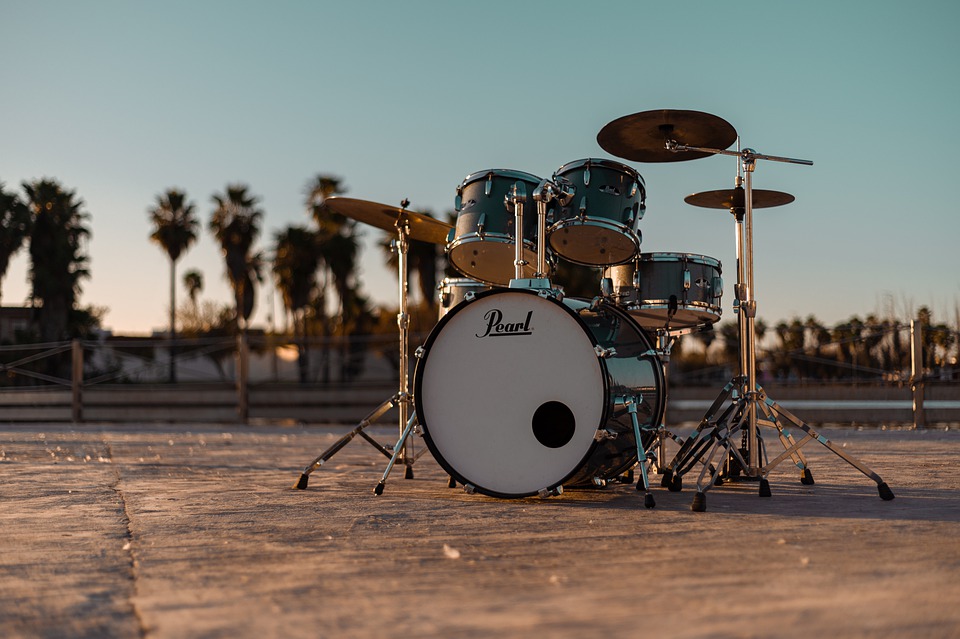The Impact of Technology on Chamber Music Performance
Chamber music has a long and rich tradition of musicians coming together to create intricate and intimate musical performances. With the advancement of technology, the way chamber music is performed and experienced has been greatly impacted. From the instruments themselves to the way performances are recorded and shared, technology has transformed the world of chamber music in fascinating ways.
Virtual Performances
One of the most significant impacts of technology on chamber music performance is the ability to create virtual performances. With the development of high-quality audio and video recording equipment, musicians can now create professional recordings from the comfort of their own homes or studios. This has opened up a whole new world of possibilities for chamber musicians, allowing them to share their music with a global audience without the need for expensive concert halls or recording studios.
In addition to recording virtual performances, technology has also enabled musicians to collaborate with each other remotely. With the use of video conferencing software, musicians can now rehearse and perform together in real-time, even if they are located in different parts of the world. This has not only opened up opportunities for musicians to work with each other regardless of geographical boundaries but has also allowed for unique collaborations and performances that would not have been possible otherwise.
Instrument Innovation
Technology has also had a significant impact on the instruments themselves that are used in chamber music performances. From electric string instruments to digital keyboards, musicians now have access to a wide range of innovative instruments that allow for new and unique sounds to be created. These instruments can open up new possibilities for composers and performers alike, pushing the boundaries of what is traditionally considered chamber music.
In addition to new instruments, technology has also allowed for the development of enhancements to traditional instruments. For example, musicians can now use pedals and effects to modify the sound of their instruments in real-time, adding new layers of complexity and depth to their performances. This ability to manipulate and control the sound of their instruments has revolutionized the way musicians approach chamber music, allowing for a greater degree of experimentation and creativity.
Interactive Performances
One of the most exciting developments in chamber music performance is the rise of interactive performances. With the use of technology, musicians can now create performances that engage the audience in new and innovative ways. From interactive light shows to audience participation through smartphones, technology has opened up endless possibilities for creating immersive and captivating performances.
Interactive performances can also extend beyond the physical space of the concert hall. With the use of virtual reality technology, musicians can now create immersive experiences that transport the audience to different locations and environments. This allows for a truly unique and engaging chamber music performance that goes beyond simply listening to music.
The Impact of Technology on Chamber Music Composition
In addition to its impact on performance, technology has also had a profound effect on the composition of chamber music. From the way composers write music to the tools they use to create their compositions, technology has revolutionized the way music is written and shared.
Digital Notation Software
One of the most significant advancements in chamber music composition is the development of digital notation software. These programs allow composers to write and edit music in a digital format, making the composition process faster and more efficient. From creating intricate scores to experimenting with different arrangements, digital notation software has opened up a whole new world of possibilities for composers.
Digital notation software also allows for easy sharing and collaboration between composers and musicians. With the ability to export and share music digitally, composers can now work with performers from all over the world to bring their compositions to life. This has opened up new opportunities for composers to collaborate with musicians who specialize in different instruments or styles, creating innovative and exciting chamber music compositions.
Electronic Music Production
Technology has also revolutionized the world of electronic music production, allowing composers to experiment with new sounds and textures in their compositions. From synthesizers to digital audio workstations, composers now have access to a wide range of tools that allow them to create unique and innovative chamber music compositions.
Electronic music production also allows for composers to incorporate elements of electronic music into their compositions, creating a fusion of traditional chamber music with modern electronic sounds. This blending of styles can result in captivating and dynamic compositions that push the boundaries of what is considered chamber music.
Collaborative Composition
Technology has also made collaborative composition easier and more accessible than ever before. With the use of cloud-based collaboration tools, composers can now work together in real-time to create chamber music compositions. This has opened up new opportunities for composers to share ideas and collaborate on projects, regardless of their physical location.
In addition to collaboration between composers, technology has also allowed for collaboration between composers and performers. With the ability to share digital scores and recordings, composers can now work closely with performers to bring their compositions to life. This collaborative process can lead to new and innovative interpretations of chamber music compositions, creating performances that are both unique and exciting.
In conclusion, the impact of technology on chamber music performance and composition has been profound. From virtual performances to interactive experiences, technology has transformed the way chamber music is created and performed. With the endless possibilities afforded by technology, the world of chamber music is sure to continue to evolve and innovate in exciting ways.


